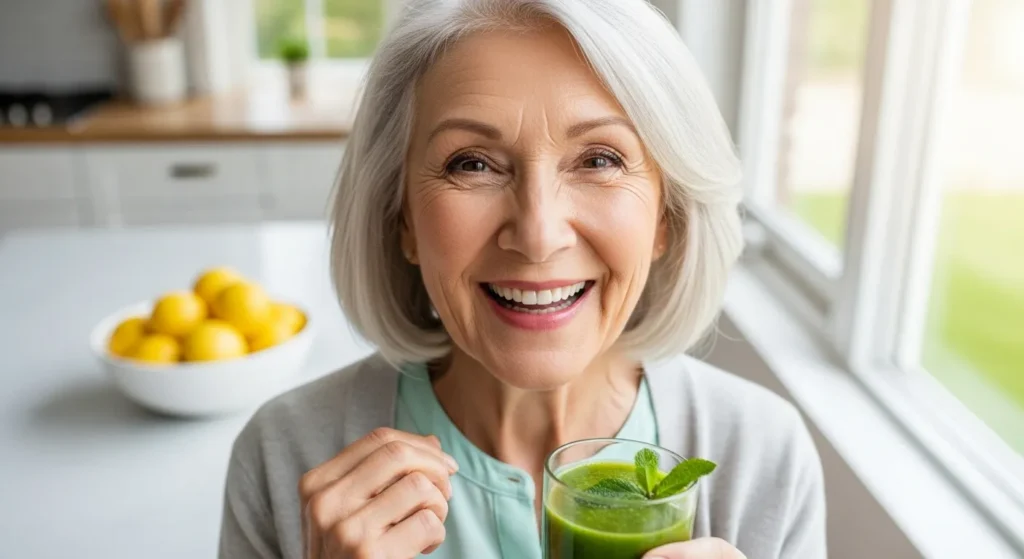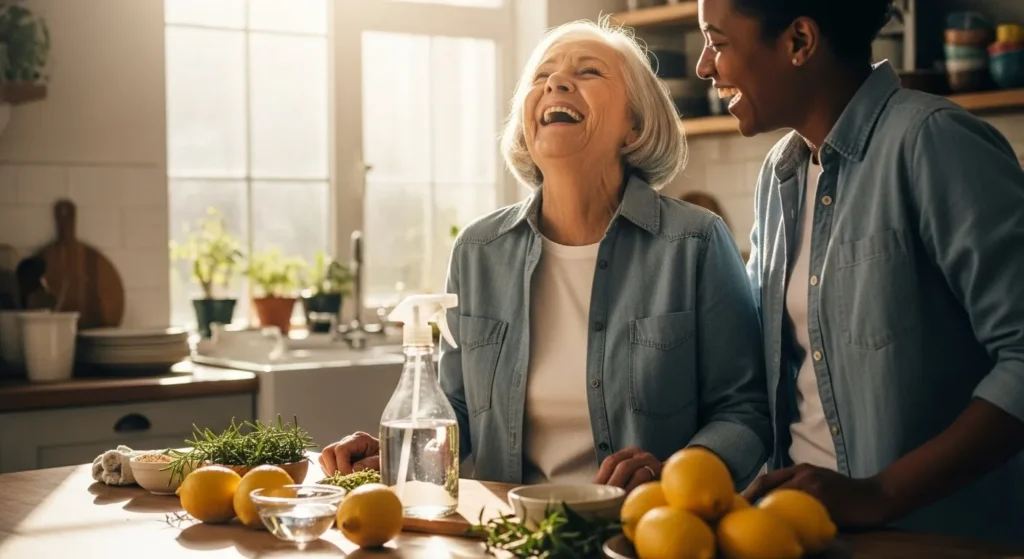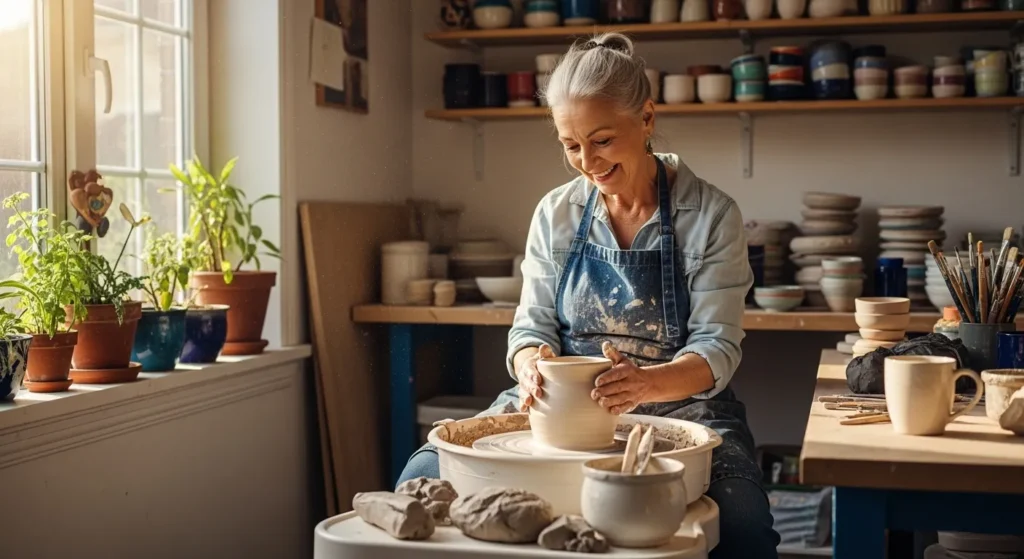Microplastics are everywhere. Even in your food and drinks!
This is a very hot research topic since the long-term health effects of microplastics are quite concerning, and considering that plastics are everywhere, avoiding the damage is almost impossible.
Our bodies have microplastics in them, and a 2024 study found in the New England Journal of Medicine (NEJM) that we are unable to determine if there is a “safe” amount of microplastics we can have inside our bodies. The whole thing is a mystery, and the only certainty is that microplastics are everywhere.
This is why the whole craze about this began. People are scared of what is about to happen long term, and they want to be as safe as possible. This is hard to achieve, but it is known that some foods have more microplastics than others. If you want to stay healthy for longer, you can choose to avoid them.
In this article, we want to talk more about the foods in question and help you take minimal risks. Researchers are able to determine how much plastic is in our food, so we can take advantage of that.
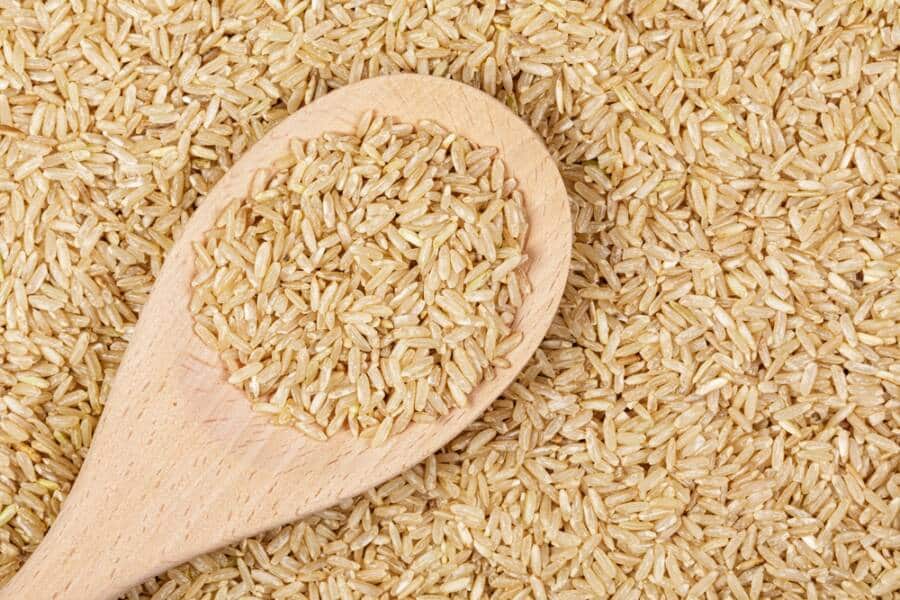
Rice
This is a staple food, and for most people, it might seem like a clean choice. The problem is that this is far from the truth. Rice carries surprising levels of microplastics, and there are also big differences in these values among the various types of rice.
A 2021 study found that 95% of store-bought rice had plastics like polyethylene, polypropylene, and PET. And what is surprising is that it didn’t matter if the rice came in paper or plastic packaging. Hopefully, you can get rid of some microplastics by doing one of the most basic things. Washing your rice before cooking can cut plastic levels by up to 40%! So, make sure to always wash your rice.
The study also found that instant rice had four times more plastic than regular rice. That’s about 13 milligrams per 100 grams. In comparison, uncooked rice had only 3 to 4 milligrams, and it all depends on whether it was rinsed or not. If you eat it regularly, that could add up to nearly 1 gram of plastic per person every year just from rice.
Tea
This might not be everyone’s cup of tea, but there are many people who absolutely love this beverage. The problem is that not the tea is to blame but the teabags. They can release billions of tiny plastic particles into your drink as soon as the teabags touch the hot water.
There is one study that showed how just one plastic tea bag released over 14 billion micro- and nanoplastics into a single cup! This might seem like a huge risk, but you can easily avoid it.
Try to start consuming loose-leaf tea, and make sure to use a stainless steel or glass infuser. If you still are a fan of tea in bags, there are also some brands that use plastic-free tea bags, like Republic of Tea, Yogi Tea, or Harney & Sons.
Sea salt
This is a natural seasoning, but sometimes microplastics can be an unwanted ingredient that not many people are aware of. Ocean pollution is on the rise, and the tiny plastic particles found in the water have made their way into the sea salt that is harvested for us to use.
One 2023 study discovered that there are 13 European sea salt brands that are quite contaminated with microplastics. With levels ranging from 74 to 1,155 microplastic particles per kilogram, this is truly concerning.
That means about 0.4 to 5.8 particles per teaspoon, and the most common type of plastic found is polyethylene terephthalate (PET), the same plastic used in plastic bottles.
If you want to minimize the exposure to microplastics, you can try opting for mined rock salt or Himalayan pink salt. They both come from ancient underground deposits, so it is less likely for them to be contaminated.
Apples and carrots
When people think about veggies and fruits, they imagine them as the perfect foods you can eat if you want to be healthy. Unfortunately, recent research shows that they could be feeding you more than just vitamins. Specifically, we are talking about apples and carrots.
Microplastics are not just found on the surface of the produce, and they can actually be absorbed into the plant itself. Concerning the news, if you ask us. So, just washing them before you eat will not help at all.
Apples and carrots have some of the highest microplastic concentrations among all fruits and vegetables. In one 150g serving, carrots have 14.7 million plastic particles and apples 44.6 million plastic particles!
Avoiding microplastics is still possible, but you will need to buy unpackaged, locally sourced produce. There are farmers out there who use transparent, sustainable practices, and anyone who wants to eat healthier should try buying from them.
Bottled water
This type of water is always marketed as the “safest water,” but is this the truth? According to various studies, bottled water is not as pure as big companies like to say, and it is all due to microplastics.
Research has revealed that bottled water can contain anywhere from 325 to 10,000 microplastic particles per liter. The tiny plastics come from the bottles and the bottle caps themselves. They are made from plastic, and the water gets contaminated.
The most common types of plastics found in bottled water include polypropylene, nylon, and polyethylene terephthalate (PET). These are the exact materials used for manufacturing the bottles.
Problems start when the plastic water bottles get exposed to light and heat. These are the biggest triggers that make the bottles eliminate the tiny plastic particles. The smaller the particle, the more easily it can pass through the body’s natural filters, in the end entering the bloodstream or tissues.
Switching to filtered tap water is a better and more sustainable option. Also, make sure that you always use a glass or a stainless steel container to store your water. The key is avoiding plastic bottles as much as possible.
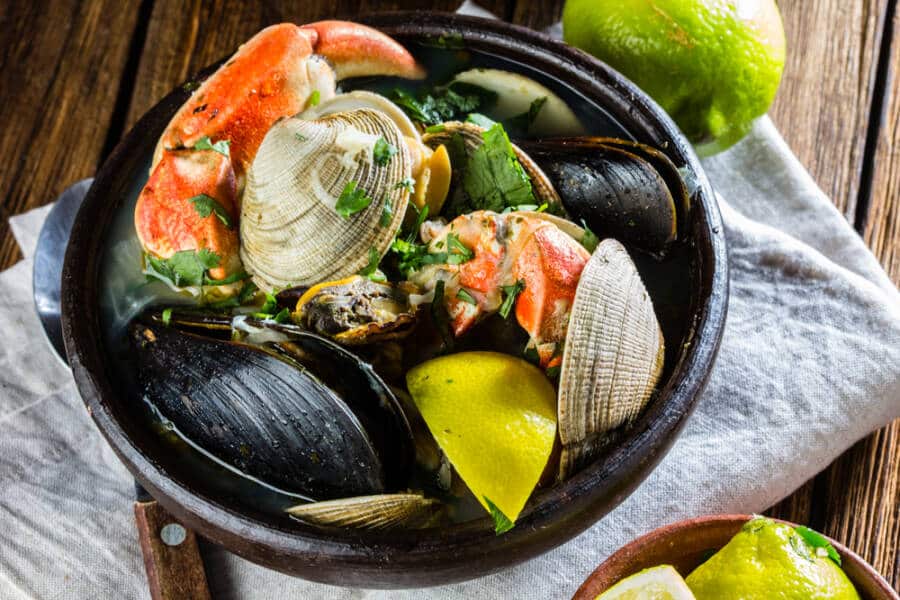
Shellfish
Shrimp, mussels, clams, and oysters are all tasty and sometimes considered true delicacies. And considering they are rich in nutrients and sustainable, they might seem like the perfect food.
The problem is that they are filter feeders, and this adds an unexpected ingredient: microplastics. Shellfish draw in large volumes of water to extract food, and this exposes them to microplastic particles that are widely present in the polluted marine waters.
Studies have found that shrimp can contain 7.6 to 10.7 microplastic particles per gram, while oysters average around 1.4 particles per gram. The biggest problem is that these animals are consumed whole most of the time, with minimal cleaning, which means they are the perfect vehicles that lead microplastics into our bodies.
The only thing you can do is to limit the exposure. The best part is that there are not so many people eating shellfish on a regular basis, so most of us are safe. Also, one study discovered that fish from Australian waters tend to carry fewer microplastics, possibly due to cleaner marine environments and stricter regulations.
Need a new tea infuser? Try this: Tea Infusers for Loose Tea, (2 Pack) 18/8 Stainless Steel Tea Strainer Set
You should also read: 7 Amazing Reasons Why Ground Turkey Should Always Be in Your Diet!


